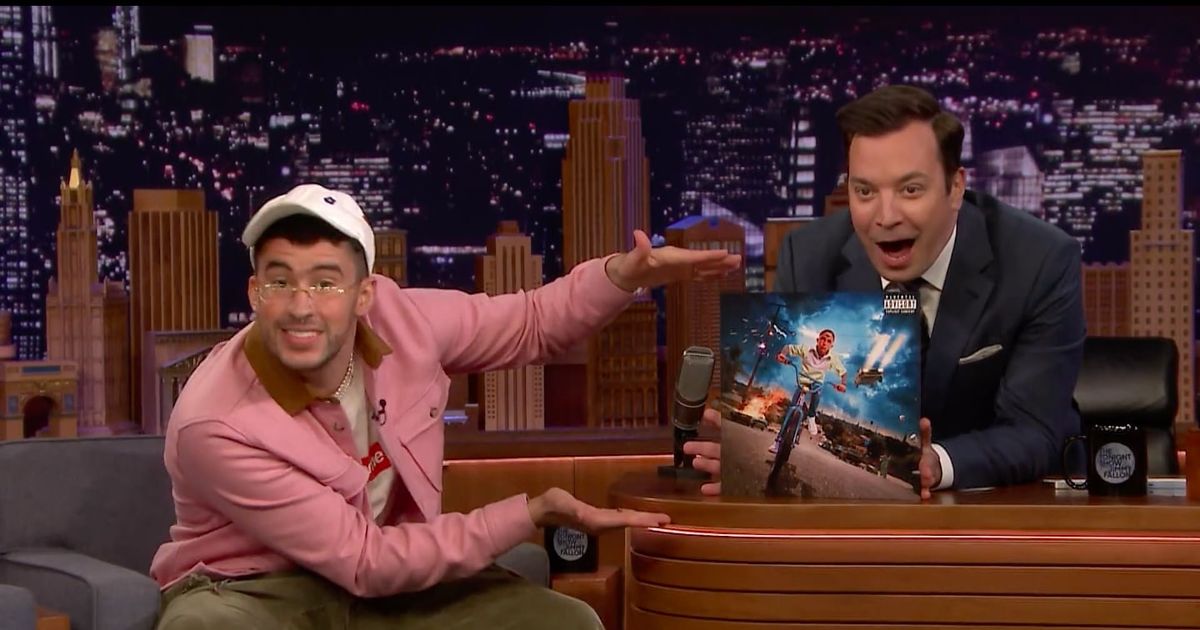
More suite than song, the five-minute reggaetón symphony changes tempos eight times and features a new beat nearly every verse. The sequencing is a bit scattershot, but rather than distract, it keeps the classic reggaetón riddim sounding fresh across the album’s sprawling 20-song tracklist.Ī perfect example is the album’s centerpiece, “ Safaera,” a self-contained microcosm of YHLQMDLG’s collage aesthetic. And even his dabbles in rock are expertly engineered-the emocore breakdown on “Hablamos Mañana” is so epic one might forget the tinny production that almost ruined X 100PRE’s otherwise catchy pop-punk foray, “Tenemos Que Hablar.” The mood is joyful throughout YHLQMDLG, updating some of early reggaetón’s darker, grittier textures with a bright tropical sheen better suited to Bad Bunny’s personality. Bad Bunny leans heavily on the production duo Subelo NEO, but also taps former Luny Tunes protege Tainy for a handful of songs. The bulk of YHLQMDLG strikes a balance between reggaetón’s dembow riddim and an island-influenced Latin trap palette. And he doesn’t completely abandon the sounds of the trap, either: The Anuel AA collab “Está Cabrón Ser Yo” could just have easily found itself on the Migos’ Culture III.įrom a production standpoint, the record is nearly flawless. The highlights are plentiful early singles “Vete” and “ Ignorantes” occupy the suave sadboi lane he’s best known for, but “Yo Perreo Sola” and “Bichiyal” rock raw, stripped-down reggaetón beats evocative of the genre’s “ Gasolina” era. Where X 100PRE felt like a tightly sequenced statement of identity, YHLQMDLG is both looser and freer, a party record made by a young star with nothing to prove.

YHLQMDLG plays like a mixtape for a San Juan marquesina-the underground garage parties Bad Bunny referenced on X 100PRE’s “ Cuando Perriabas.” He curates a playlist of diverse perreo jams with a singular, unwavering focus: having fun. For YHLQMDLG, he reaches back even further to the glory days of reggaetón, sidelining Anglo guest stars for OGs like Daddy Yankee, Yaviah, Ñengo Flow, and Jowell y Randy. It all borrowed heavily from the sounds of late-’00s Southern hip-hop, adding the idiosyncrasies of the flow en Español and a Caribbean POV. Bad Bunny might know what it feels like to be sad, but he also knows the path to salvation is believing in himself, and with that, he can do whatever he wants-and pull it off with swagger.īad Bunny rose to stardom riding the Latin trap wave, crooning over beats constructed with 808 drums, bleeding synth bass, and narcotized atmospherics. But it’s also firmly aligned with the somewhat paradoxical ethos of YHLQMDLG (an acronym for Yo Hago Lo Que Me Da La Gana, or “I do whatever I want”). And on its surface, the song, built atop a morose, Casiotoned version of the “ Girl From Ipanema” bossa nova melody, might seem more suited for the elevator of a Florida nursing home than the club. It’s a macabre choice for a dance record, a collection of distinctly Puerto Rican party beats that pays homage to reggaetón’s past and future.

He’s saved by an empathetic little boy who understands his pain, and introduces him to the cure: Listening to Bad Bunny.

We see a close-up of a despondent young man, standing on a stool and staring through a noose, ready to hang himself as a party buzzes around him. Yet that’s how Bad Bunny chose to begin the video for “ Si Veo a Tu Mamá,” the opening track of his second album, YHLQMDLG. Not many parties start with someone contemplating suicide.


 0 kommentar(er)
0 kommentar(er)
